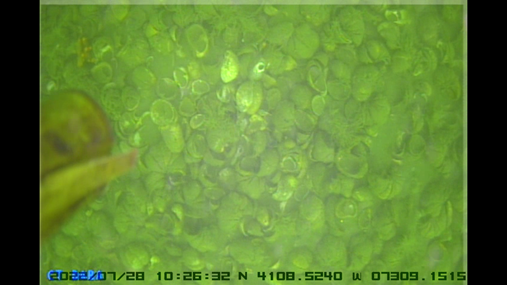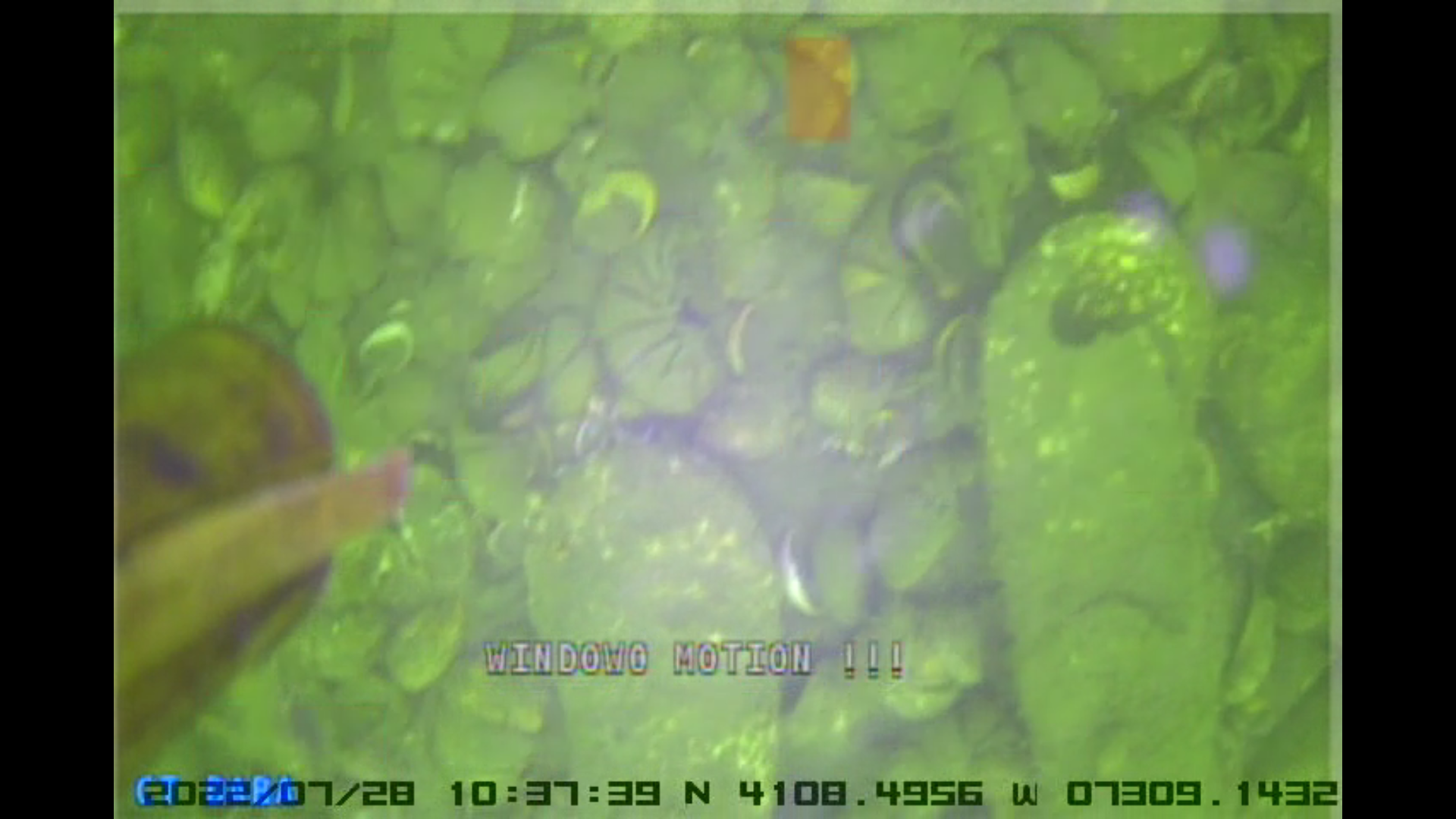Shellfish Rehabilitation and Enhancement Projects
For more than a century, Connecticut’s natural oyster beds have sustained the state’s aquaculture industry, which relies upon them as a source of seed. With a license, individuals can harvest small oysters and plant them on their farms. The state enforces strict regulations to ensure that the beds continue to thrive. These include the size and quantity of oysters, as well as the harvest location and time of year. Unfortunately, shellfish beds can be negatively impacted by natural events like storms and silt traveling down rivers and across estuaries, which can smother the oysters and shell surfaces where new baby oysters settle and begin to grow.From time to time, the state has invested in rehabilitating the natural beds by planting clean shell and mature oysters with some success. However, state environmental agency managers are seeking a cost-effective and efficient restoration strategy to maximize oyster production on the natural beds. With funding from the National Sea Grant Program, scientists and environmental agencies will investigate how varying stocking densities of shell and oysters affect oyster recruitment. This research plot project again involves Connecticut Sea Grant, the CT Department of Agriculture, Bureau of Aquaculture, the NOAA Northeast Fishery Science Center Milford Aquaculture Laboratory, and field support of shellfish industry members. It is anticipated that this research will help inform future restoration efforts in terms of optimum stocking densities of shell and mature oysters. The project partners will work collaboratively to collect video footage and field survey data to demonstrate the results and significance of different stocking densities. Freshly laid shell and mature (broodstock) oysters will encourage spat settlement on the natural bed, demonstrating the direct impact of planting shell and spawning oysters on oyster recruitment.




